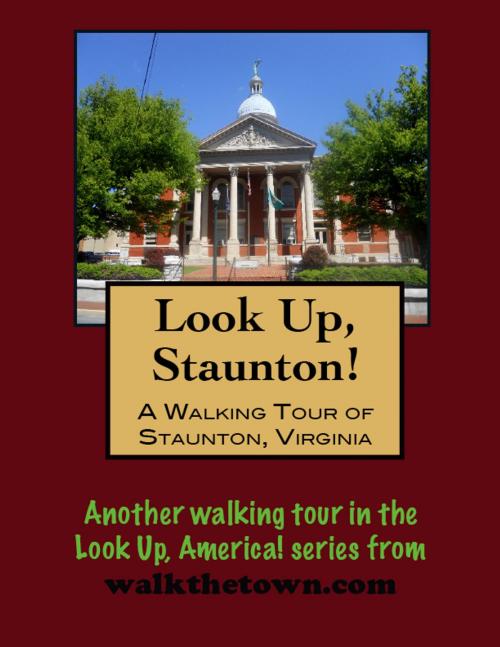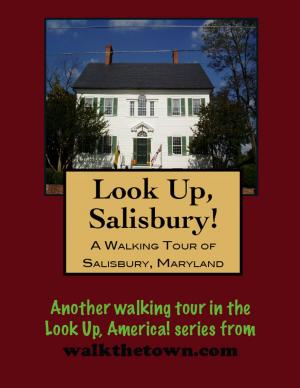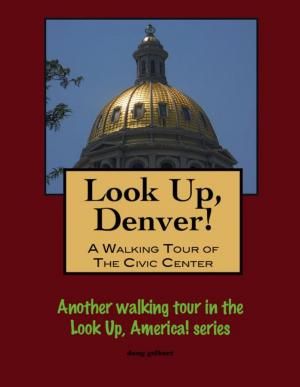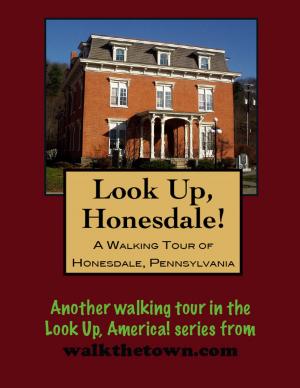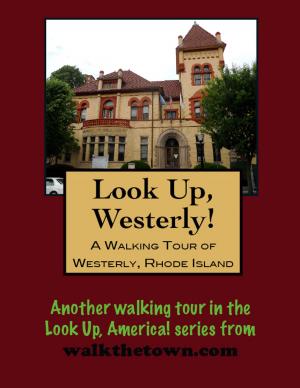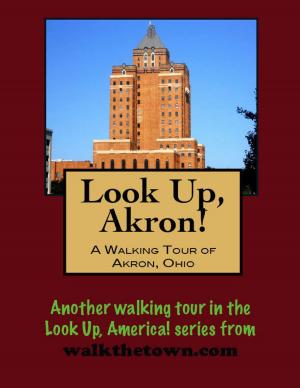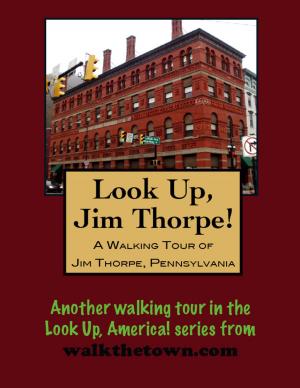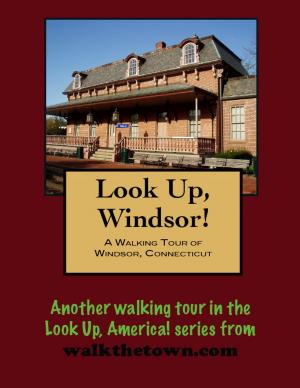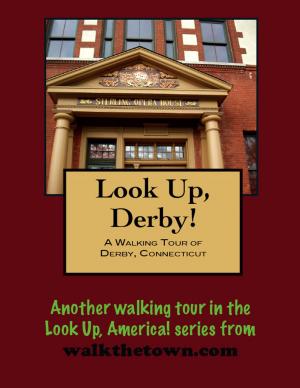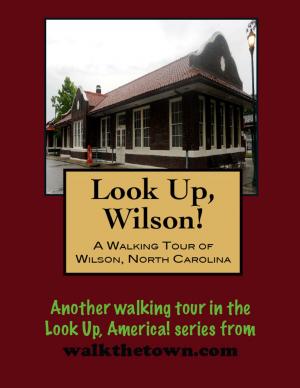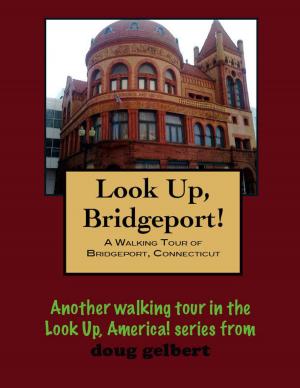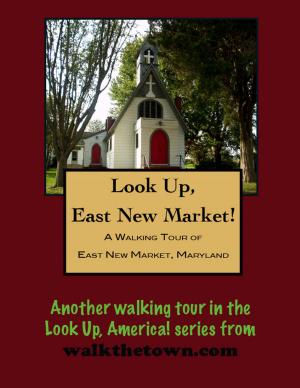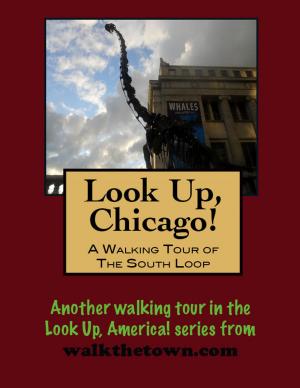| Author: | Doug Gelbert | ISBN: | 9781458092991 |
| Publisher: | Doug Gelbert | Publication: | May 4, 2011 |
| Imprint: | Smashwords Edition | Language: | English |
| Author: | Doug Gelbert |
| ISBN: | 9781458092991 |
| Publisher: | Doug Gelbert |
| Publication: | May 4, 2011 |
| Imprint: | Smashwords Edition |
| Language: | English |
There is no better way to see America than on foot. And there is no better way to appreciate what you are looking at than with a walking tour. Whether you are preparing for a road trip or just out to look at your own town in a new way, a downloadable walking tour is ready to explore when you are.
Each walking tour describes historical and architectural landmarks and provides pictures to help out when those pesky street addresses are missing. Every tour also includes a quick primer on identifying architectural styles seen on American streets.
John Lewis brought his family to this spot in the Shenandoah Valley as the pioneering settlers in the year of Washington's birth - 1732. A few years later William Beverley, a wealthy planter and merchant, won a grant of 118,000 acres here "in consideration for inducing a large number of settlers to the community." The town was laid out in 1747 and took the name of Lady Rebecca Staunton Gooch, wife to Royal Lieutenant-Governor Sir William Gooch. Thanks to its central location the settlement attracted the government and the with the westernmost courthouse in British North America prior to the Revolution was constructed here. It was no small thing - Augusta County in the 1700s extended (theoretically) as far west as the Mississippi River. In 1801 when Staunton was incorporated as a town the population totaled 800.
Staunton grew as a market town for the fertile Shenandoah Valley and small industries churning out carriages and boots and blankets followed. The Virginia Central Railroad arrived in 1854 and during the Civil War the town served as an important supply depot for the Confederacy. Union troops arrived in 1864 and destroyed the railroad station and Staunton's manufacturing capacity but spared much of the town.
The post-war years saw Staunton embark on an economic and building boom. In 1908 it became the first city in America to adopt a city manager form of government based on the corporate form of organization. The elected council appoints a city manager who administers municipal affairs.
The urban renewal fever sweeping America in the 1960s struck Staunton and more than 30 downtown buildings fell before a wrecking ball, igniting the creation of the Historic Staunton Foundation to help preserve much of the streetscape seen today. Much of that streetscape is the vision of one man - Thomas J. Collins, an architect responsible for over 200 buildings in the Staunton area. The nimble Collins worked in many styles we will encounter on our walking tour and we will begin with one of his creations for the railroad that primed the pump for Staunton's growth...
There is no better way to see America than on foot. And there is no better way to appreciate what you are looking at than with a walking tour. Whether you are preparing for a road trip or just out to look at your own town in a new way, a downloadable walking tour is ready to explore when you are.
Each walking tour describes historical and architectural landmarks and provides pictures to help out when those pesky street addresses are missing. Every tour also includes a quick primer on identifying architectural styles seen on American streets.
John Lewis brought his family to this spot in the Shenandoah Valley as the pioneering settlers in the year of Washington's birth - 1732. A few years later William Beverley, a wealthy planter and merchant, won a grant of 118,000 acres here "in consideration for inducing a large number of settlers to the community." The town was laid out in 1747 and took the name of Lady Rebecca Staunton Gooch, wife to Royal Lieutenant-Governor Sir William Gooch. Thanks to its central location the settlement attracted the government and the with the westernmost courthouse in British North America prior to the Revolution was constructed here. It was no small thing - Augusta County in the 1700s extended (theoretically) as far west as the Mississippi River. In 1801 when Staunton was incorporated as a town the population totaled 800.
Staunton grew as a market town for the fertile Shenandoah Valley and small industries churning out carriages and boots and blankets followed. The Virginia Central Railroad arrived in 1854 and during the Civil War the town served as an important supply depot for the Confederacy. Union troops arrived in 1864 and destroyed the railroad station and Staunton's manufacturing capacity but spared much of the town.
The post-war years saw Staunton embark on an economic and building boom. In 1908 it became the first city in America to adopt a city manager form of government based on the corporate form of organization. The elected council appoints a city manager who administers municipal affairs.
The urban renewal fever sweeping America in the 1960s struck Staunton and more than 30 downtown buildings fell before a wrecking ball, igniting the creation of the Historic Staunton Foundation to help preserve much of the streetscape seen today. Much of that streetscape is the vision of one man - Thomas J. Collins, an architect responsible for over 200 buildings in the Staunton area. The nimble Collins worked in many styles we will encounter on our walking tour and we will begin with one of his creations for the railroad that primed the pump for Staunton's growth...
